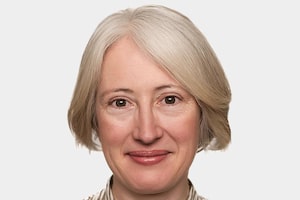Volunteers sort food at the Daily Bread Food Bank in Toronto during the organization's holiday food drive in this 2006 photo.Tibor Kolley/The Globe and Mail
Frances Woolley is a professor of economics at Carleton University
Its the parade of the body parts - the time of year when requests for donations arrive from the Heart and Stroke Foundation, the Lung Association, the Canadian Liver Foundation, and other worthy causes.
But with over 85,000 registered charities in Canada, how can one decide where to give?
Every donor has his or her own funding priorities -- supporting cutting edge medical research, preserving the environment or helping those in need. For me, what matters most is that my contribution is used for charitable purposes, not fundraising and administration.
Financial information about every Canadian charity can be found through Canada Revenue Agency's charities listing. Suppose, for example, you wish to donate to breast cancer, and you're choosing between the national Canadian Breast Cancer Foundation and locally based Breast Cancer Action Ottawa. The charities listing can help you make the best choice.
To find a charity, just type its name in the charities listing search box. Search until you find the charity that you're looking for, and then click on "return" or "T3010 return". For example, this is what the Canadian Breast Cancer Foundation's 2009 return looks like.
I begin with Section C and especially question C7 - did the charity use paid external fundraisers? If a charity does, it's off my list. Schedule 3 reports the salaries of the charity's highest paid employees.
The overall financial picture is in Schedule 6. The attached table provides financial information for two breast cancer charities and, for comparison, the Heart and Stroke Foundation of Ontario, and Toronto's Daily Bread Food Bank. The Canadian Breast Cancer Foundation, with 28 per cent of expenditures going to fundraising, compares very well to the Heart and Stroke Foundation of Ontario, which spends $63-million, or 45 per cent of its total spending, on fundraising. Still, CBCF spends considerably more on fundraising than the local, volunteer-based organizations, Breast Cancer Action Ottawa and the Daily Bread Food Bank.
Financial considerations are not the only ones that matter when choosing a charitable cause. For example, the CBCF funds medical research, while Breast Cancer Action does not. If research is your priority, CBCF is the better choice. Its fundraising expenditures raise breast cancer awareness, and bring in millions for breast cancer research.
Every charity is different, and some are better than others. With a bit of research, you can be confident that the charity you're choosing is the right one for you.
Follow Economy Lab on twitter @Economy_Lab
 Frances Woolley
Frances Woolley